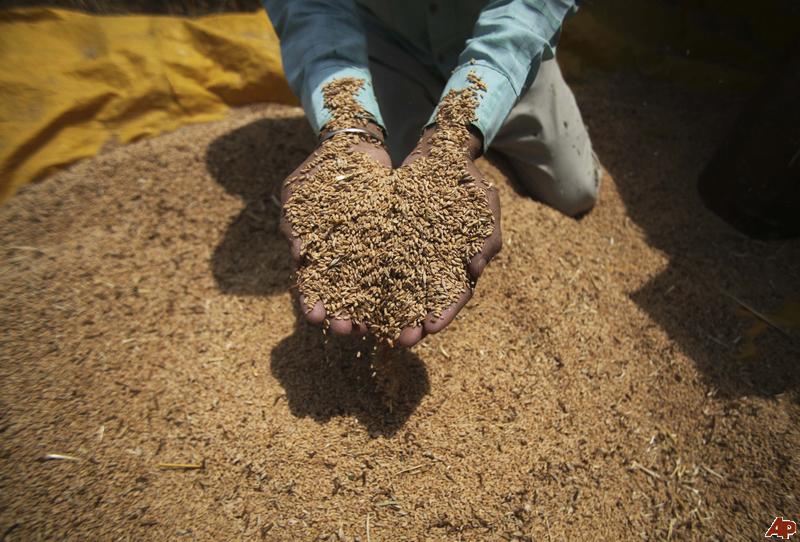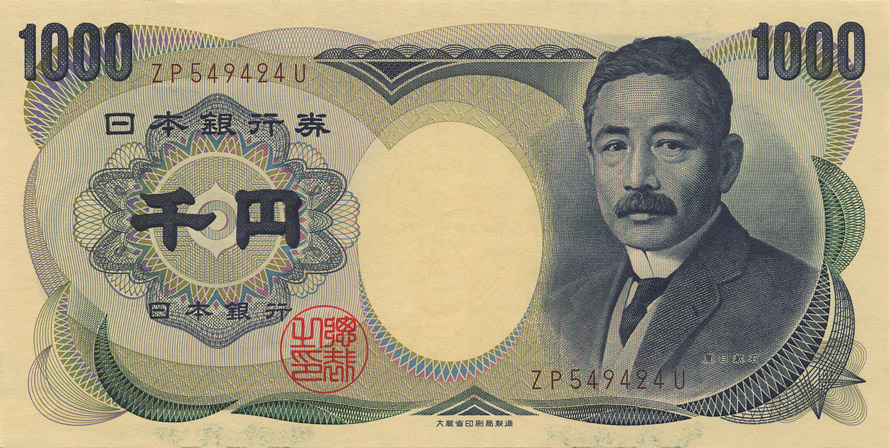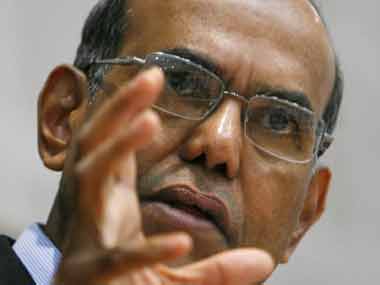Vivek Kaul
The law of demand in economics states that all other things remaining the same, the demand for a good is inversely proportional to its price. So if the price falls, the demand goes up and vice versa.
This identity holds on a lot of occasions but not on all occasions.
Allow me to elaborate.
Indian gold and silver imports for the month of April 2013, were at $7.5 billion. This was 138% more than imports during April 2012. This has come across a surprising development for many. “The rise in gold imports is surprising,” Trade Secretary S.R. Rao told reporters at a press conference after the import numbers came out. “It wasn’t expected,” he added.
In fact predictions made by people who follow the gold market closely were exactly the opposite. Mohit Kamboj had told PTI in middle of last month that “the imports of the yellow metal is likely to be 25 per cent less than the corresponding month last year as the gold prices are declining steadily.” He has been way off the mark. Kamboj is the President of the Bombay Bullion Association.
So why did Rao find this sudden increase in the import of gold surprising? Or why did Kamboj expect gold imports to fall?
The rise in gold imports is in line with the law of demand. As gold prices fell, people got out and bought more of it. The trouble is that people were buying more gold even when its price was going up. As economists Sonal Varma and Aman Mohunta of Nomura wrote in a report titled India: Correlation between gold prices and demand released on April 23, 2013, “The correlation between the gold price and gold demand (import volume) in India shifted from being negative pre-2008 to positive since 2009. This means that in recent years a rising gold price was accompanied by rising demand, and vice-versa.”
So people were buying gold when its price was going up and now people are buying gold again, when its price has crashed. Also in between gold imports fell as gold prices crashed. Between January and March 2013, India imported 200 tonnes of gold which was around 23.7% lower than during the same period in 2012.
Let me rephrase the entire argument again then. People were buying gold when its prices were going up. People went slow on buying gold when its prices were coming down. And people are now buying gold again with a vengeance, when the prices have crashed and have started to go up again.
How do we explain this? What is happening here? Maggie Mahar has some sort of an answer for this in her book Bull – A History of the Boom and Bust, 1982-2004. As she writes “In the normal course of things, higher prices dampen desire. When lamb becomes too dear, consumers eat chicken; when the price of gasoline soars, people take fewer vactations. Conversely, lower prices usually whet our interest: colour TVs, VCRs, and cell phones became more popular as they became more affordable. But when a stock market soars, investors do not behave like consumers. They are consumed by stocks. Equities seem to appeal to the perversity of human desire. The more costly the prize, the greater the allure.”
Replace the word ‘equity’ with gold here and the argument stays the same. When the price of gold was going up, people were looking to make a quick buck because they expected that the price of gold will continue to go up, and so they bought. Hence, higher prices of gold, led to higher demand and thus to higher imports in the Indian case. It is important to remember here that those who were buying gold at higher prices were looking at it as a mode of investment/speculation.
When the price of the yellow metal started to fall, the speculators got out of the race. And thus the demand fell, and so did the imports. After the price had fallen sufficiently enough, only then did the consumers of gold start to buy it. It is important to remember that world over gold is looked upon as a hedge against inflation but in India it is a hedge against inflation as well as a consumable good. Gold jewellery is a very important part of the Indian way of life. And once prices had fallen to the levels they have in the last one month, it is this demand that has come in and pushed up gold imports by 138%.
Hence, those making predictions on gold, should well remember that in India, it is both a mode of investment/speculation as well as a consumable good. And when prices fell, it is those who look at gold as a consumable good, start buying.
As Sonal Varma and Aman Mohunta of Nomura write in a report titled India: Trade deficit worsened sharply in April on higher gold imports released on May 13,2013 “The recent fall in gold prices suggests that gold import volumes should moderate this year. This is not yet happening, but we see the recent rise in gold imports as a bunched up rise in consumption demand, which should fade over the coming quarters.”
Of course this is assuming that the price of gold continues to remain flat. If it starts to rise (in fact it has already risen by more than 5% from the low of $1360 per ounce (1 troy ounce equals 31.1 grams)) then investor/speculator demand will come in again. In fact, if the price of gold falls further, the speculators/investors might come back in again, sensing a good trade.
What this means is that despite massive efforts by the government to bring down gold imports, Indians have continued to buy gold. And since India produces very little amount of gold, it has to import almost all of what it consumes. This is reflected in the trade deficit (or the difference between imports and exports) for the month of April 2013, which has come in at $17.8 billion. This is a jump of 72% from March 2013. Gold and silver imports at $7.5 billion, formed a major part of it. The gold import numbers for May are likely to be high again, given the festival of Askhay Tritya which is being celebrated today (i.e. May 13, 2013) will trigger a rush for the yellow metal. Askhay Tritya is considered to be an auspicious day to buy gold.
Since gold is imported, a demand for gold triggers a demand for dollars, which are used to buy gold. And this leads to the rupee losing value against the dollar. This in turn makes other imports like oil and coal also expensive. Hence, efforts have been made by the government in the past to limit gold imports.
To conclude, in March, the finance minister P Chidambaram had told CNBC TV 18 “On gold, I can only appeal to you and through your channel to the people that to not demand so much gold.”
Of course people have gone ahead and done exactly the opposite. Chidambaram had also told CNBC TV 18 “However, I am not sure too many people will listen to me on that.”
Not many did, it seems.
The article originally appeared on www.firstpost.com on May 14, 2013
(Vivek Kaul is a writer. He tweets @kaul_vivek)




